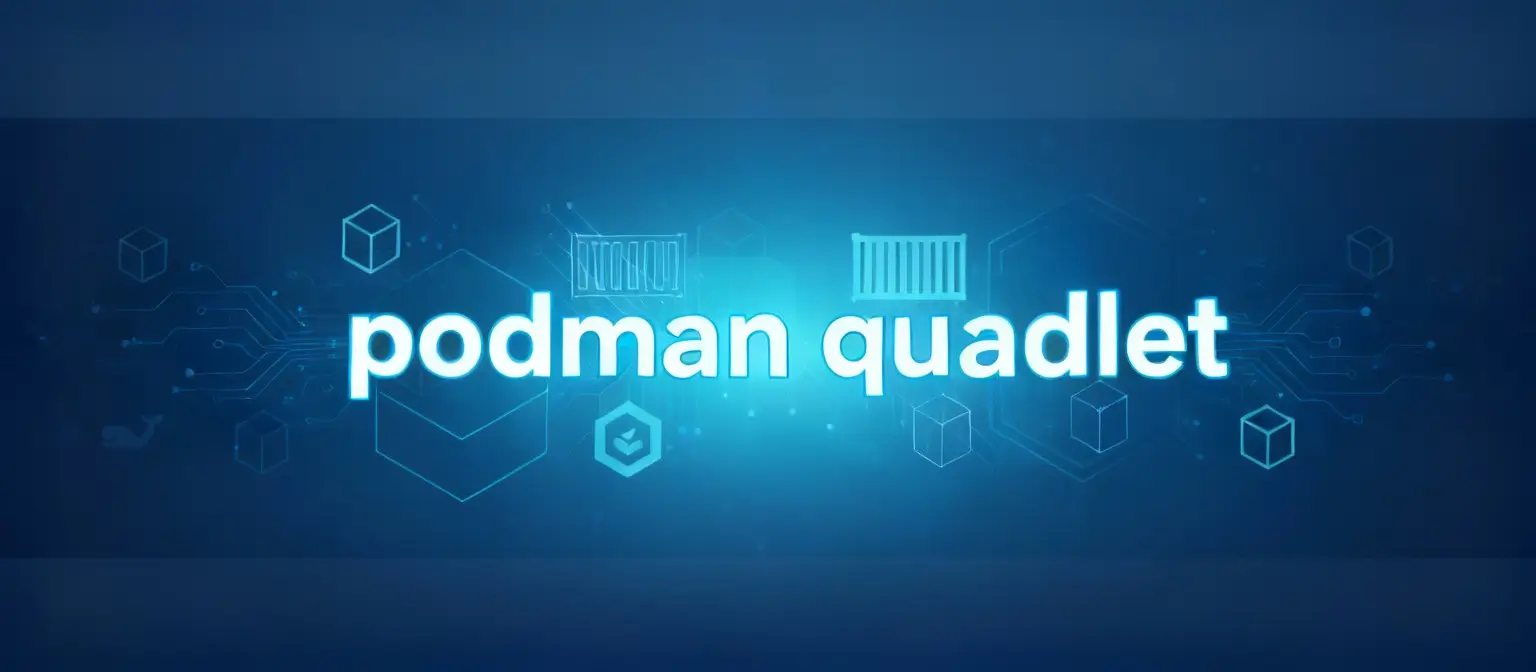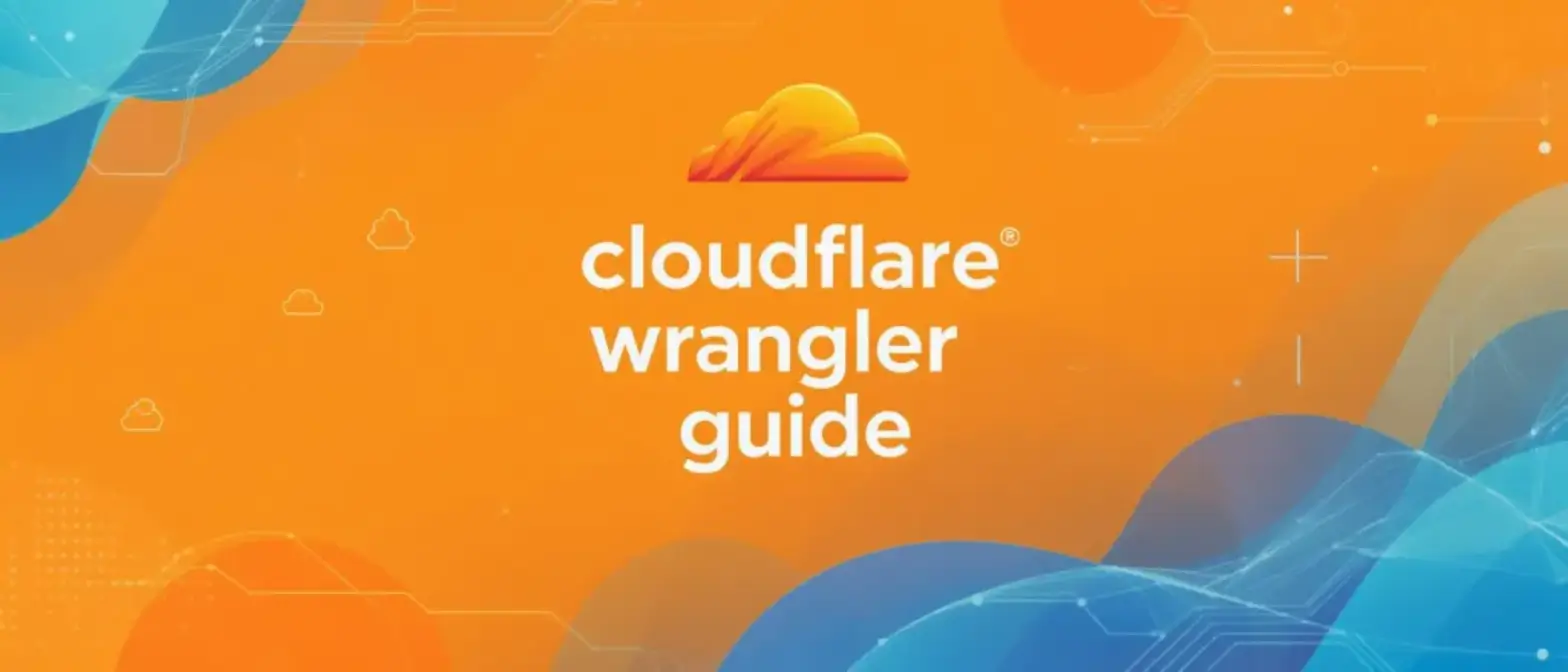Understanding Podman Build: A Technical Deep Dive
Container image building has become a crucial part of modern development workflows. podman build is a core component of the Podman toolkit that provides Docker-compatible image building functionality. What makes it interesting is how it differs from traditional tools in its architecture design, security model, and underlying implementation.
This article will walk you through how podman build works under the hood, share some optimization tricks, and explain how it compares to docker build and Buildah. It’s written for developers, DevOps engineers, and system architects who already have some container experience.
What podman build Does and How to Use It
The main job of podman build is to create OCI-compatible container images based on instructions in a Containerfile (or Dockerfile) from a specified build context. What’s cool about it is the daemonless architecture - each build is its own independent process that you start directly, no background service needed.
Basic syntax:
podman build [OPTIONS] [CONTEXT]
Key options breakdown:
| Option | Description | Real-world use cases |
|---|---|---|
-t, --tag |
Sets name and tag in name:tag format for your built image. |
Version management in CI/CD pipelines, like my-app:1.2.0-release. |
-f, --file |
Points to your Containerfile path. |
When your Containerfile isn’t in the build context root or you’ve got multiple build files. |
--build-arg |
Passes variables to your Containerfile as key=value. |
Dynamically inject version numbers, proxy configs, or dependency sources - keeps you from hardcoding stuff. |
--layers |
Uses cached image layers for building (enabled by default). | Speeds up regular builds. Use --no-cache when debugging or ensuring a completely fresh build. |
--security-opt |
Sets security options like AppArmor profiles or Seccomp rules. | In high-security environments where you need to restrict the build process itself. |
-v, --volume |
Mounts a volume into the build container as host-src:container-dest[:options]. |
Mount local package manager caches (like ~/.m2) to speed up dependency downloads. |
--squash |
Squashes all new build layers into one new layer. | Use carefully - reduces image size but breaks layer caching, which can slow down future builds. |
How podman build Actually Works
Understanding the internal workflow of podman build helps you optimize build performance.
-
Build Context When you run the command, all files under the specified
CONTEXT(usually., the current directory) get packaged and sent to the build engine.podman buildfollows.containerignore(or.dockerignore) file rules to exclude stuff you don’t need (like.gitdirectories, log files,node_modules, etc.). I’d recommend keeping a solid.containerignorefile - it reduces context size, improves transfer efficiency, and keeps sensitive or unnecessary files out of your image. -
Containerfile Parsing and Layer Creation The build engine parses your
Containerfileline by line. Except for a few metadata instructions, each instruction (RUN,COPY,ADD, etc.) creates a new temporary container based on the previous instruction’s image layer, executes the instruction, then saves the result as a new image layer. Each layer gets uniquely identified by its content hash. -
Caching Magic This is the key to efficient builds. Before processing each instruction, the build engine checks if there’s already a layer in cache that was generated from the same parent layer and same instruction. If it finds one (cache hit), it just uses the cached layer and skips actually running anything. That’s why changing an instruction early in your
Containerfileinvalidates the cache for all subsequent layers.
Advanced Build Techniques and Optimization
1. Multi-Stage Builds
Multi-stage builds are a popular way to optimize image size and improve security. They let you define multiple FROM instructions in one Containerfile, creating different build stages. Typically, the first stage (builder) contains the full SDK and build tools for compiling and testing, while the final stage uses a minimal base image and only copies the final executable from the builder stage.
Example: Building a Go Application
# ---- Builder Stage ----
# Use the full Go SDK as the build environment
FROM golang:1.22 AS builder
WORKDIR /src
# Copy source code and download dependencies
COPY go.mod go.sum ./
RUN go mod download
COPY . .
# Compile the app, generating a statically linked binary
RUN CGO_ENABLED=0 go build -o /app .
# ---- Final Stage ----
# Use a minimal "scratch" image
FROM scratch
# Copy the compiled binary from the builder stage
COPY --from=builder /app /app
# Set the container startup command
ENTRYPOINT [ "/app" ]What you get: The builder image might be hundreds of MB, but your final scratch image only contains a few MB binary file, dramatically reducing image size and potential security risks.
2. Rootless Build Security Features
Podman’s rootless mode lets regular users run podman build. This isn’t just simple permission switching - it’s based on Linux kernel user namespaces technology.
- How it works: When a regular user starts a rootless build, Podman creates a user namespace. Inside that namespace, the user gets mapped to UID 0 (root). But on the host system, they’re still a restricted regular user.
- Security benefits: Even if some instruction in the build process (like
RUN curl ... | sh) gets exploited maliciously, the attacker only gets “fake root” privileges inside the isolated namespace. They can’t access or damage host system resources - that’s effective security isolation. - Things to watch out for: In rootless mode, you can’t bind to privileged ports below 1024 by default. When handling file permissions (
chown) in yourContainerfile, you need to be aware of UID/GID mapping between container and host.
Architecture Comparison: podman build vs. docker build
| Feature | podman build |
docker build |
|---|---|---|
| Core Architecture | Daemonless: Each command is an independent fork/exec process. | Client/Server: docker CLI communicates with the background dockerd daemon via REST API. |
| Security Model | Rootless by design: Can run safely under regular users, leveraging user namespaces. | Requires root privileges or adding users to the docker group (security risk), rootless mode is a later experimental addition. |
| Underlying Tech | Internally integrates and calls Buildah project Go libraries for builds. | Uses Moby project’s internal proprietary build engine. |
| Single Point of Failure | None. | The dockerd daemon is a single point of failure - if it crashes, all Docker operations fail. |
| System Integration | Seamlessly integrates with systemd unit files and other Linux system tools. | Runs as an independent service with relatively loose system integration. |
How podman build Relates to Buildah
A lot of people get confused about podman build and Buildah. Let’s be clear: podman build is not just a simple alias or wrapper script for the buildah command.
- Technical relationship: The
podmanproject internally uses Go libraries provided by theBuildahproject to handle image building operations. This is code-level integration, not inter-process calls.podmanprovides a user-friendly, Docker-compatible frontend command, whileBuildahprovides the low-level OCI image building core functionality. - Use case distinction: For most users and standard
Containerfilebuild scenarios,podman buildoffers a convenient and familiar experience. When you need more granular, lower-level image operations (like building step-by-step from a blank image, or complex image operations in scripts), usingbuildahcommand-line tools directly (buildah from,buildah run,buildah config,buildah commit, etc.) gives you more flexibility and control.
Wrapping Up and Best Practices
podman build isn’t just a replacement for docker build - it represents a more modern, more secure approach to container image building. The daemonless and natively rootless design fundamentally solves security and architectural issues with traditional container engines.
Practice recommendations:
- Maintain a
.containerignorefile: Keep your build context clean and secure. - Use multi-stage builds: Build small, highly secure images for production environments.
- Combine
RUNinstructions: Link multiple shell commands with&&to reduce the number of image layers. - Specify exact parent image tags: Avoid using
latestto ensure build reproducibility. - Smart build cache usage: Arrange your
Containerfileinstruction order to optimize build speed. - Default to rootless mode: Make it your baseline security standard.
By understanding and applying these techniques and practices, development and operations teams can fully leverage podman build’s capabilities to create efficient, stable, and secure containerized applications.


